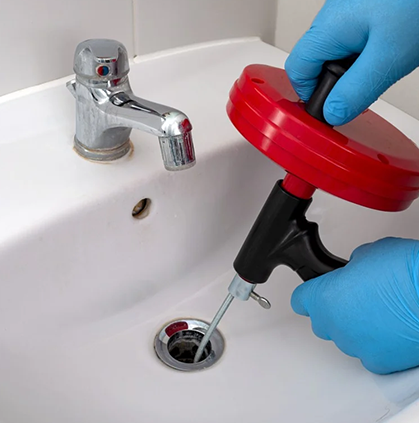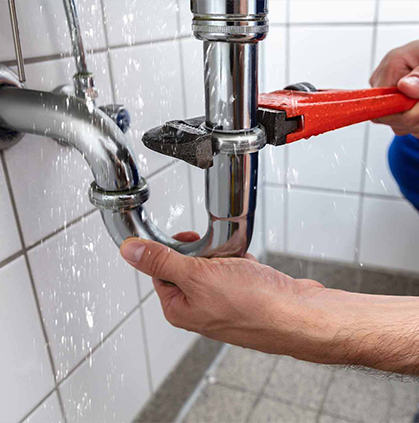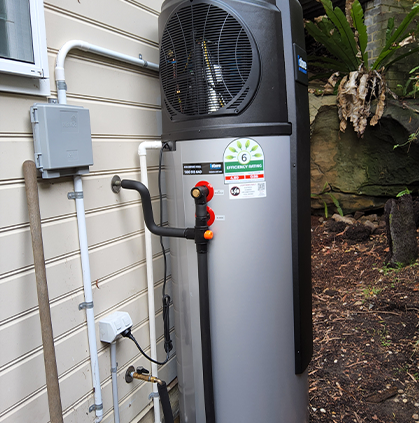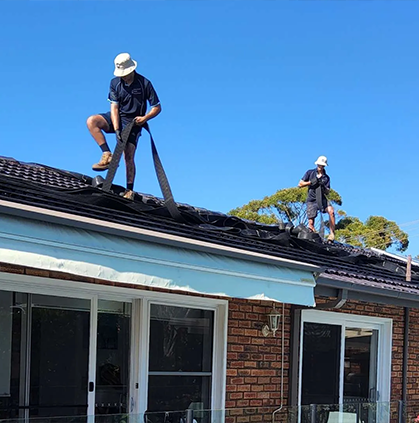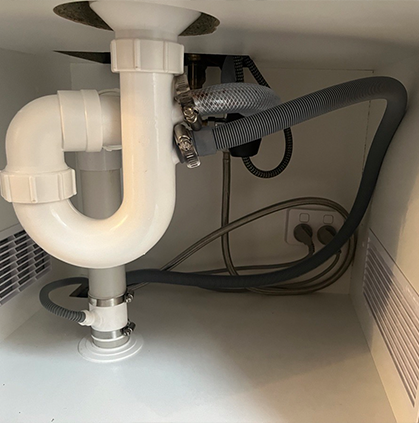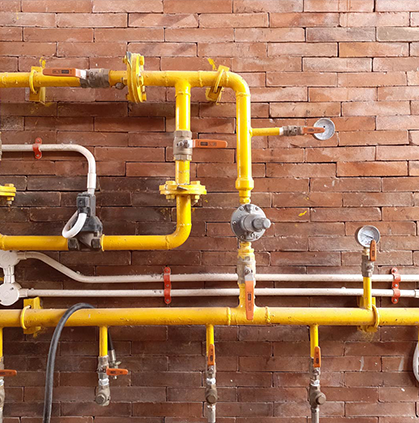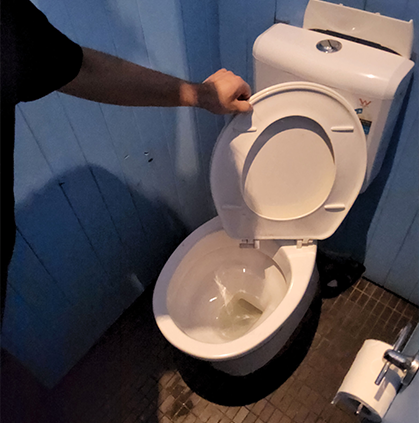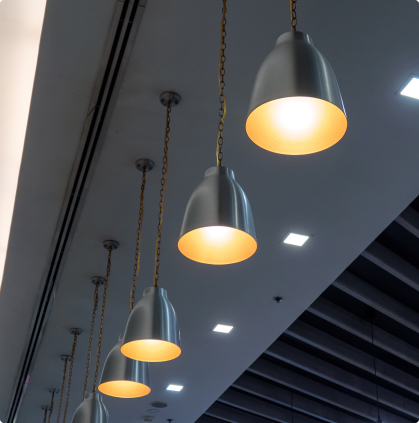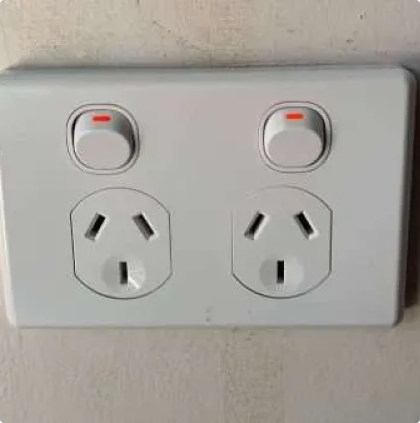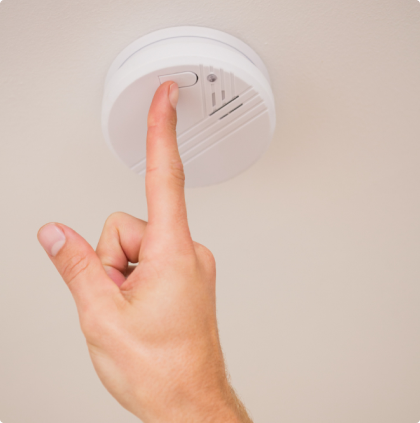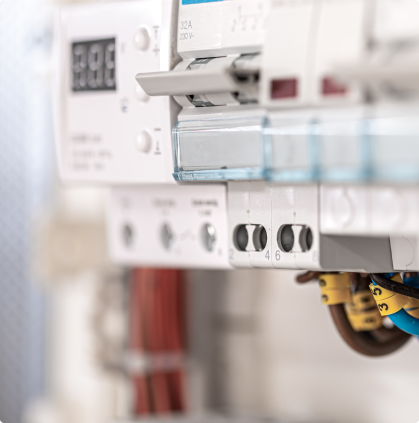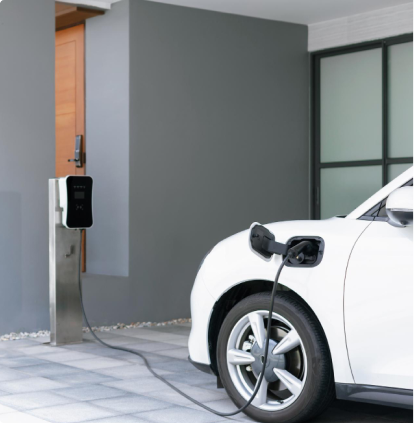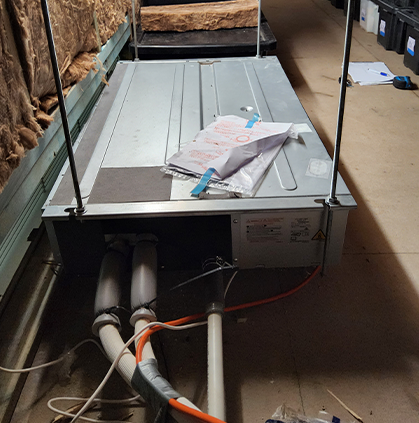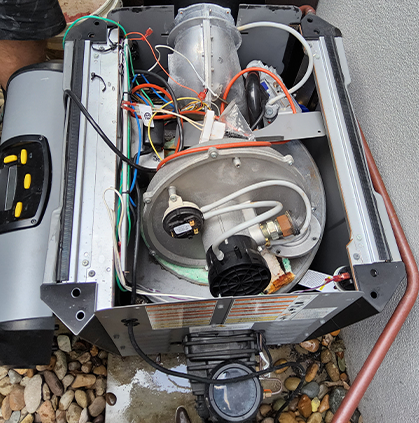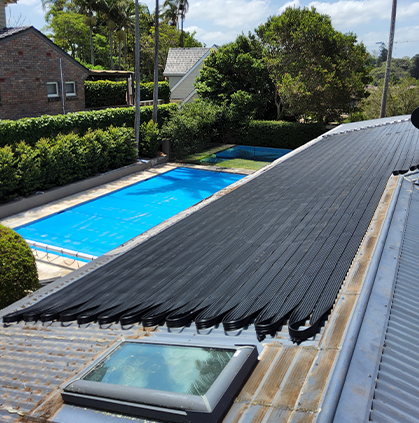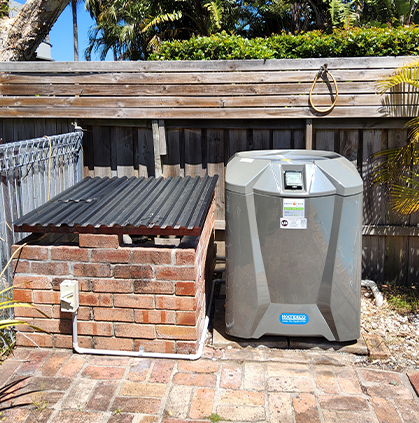What is an AC filter? You might be wondering this when you realise it’s important for your HVAC system. Up until now, you may not have paid attention to it or known that it needs to be replaced sometimes.
Now, before calling air conditioning services to do it for you, it’s good to understand how the AC filter works and how often you should change it. Let’s get into it.
What is an AC Filter?
An AC filter is a device that traps dust, pollen, pet dander, and other airborne particles. It cleans the air moving through your HVAC system.
You don’t see it, but it’s quietly helping your family breathe cleaner air and keeping your system running well. Most AC filters are rectangular panels that slide into a slot.

Basic filters use woven synthetic fibres, like that orange and white pattern you’ve probably seen. And advanced ones use a pleated, paper-like material folded like an accordion.
When technicians explain how AC system works, they usually talk about the refrigeration cycle. Air filters often come up separately, like when discussing airflow or maintenance.
This might make you wonder if these AC filters are truly that important for your HVAC system.
How Does an AC Filter Work?
You know what an AC filter is. Now, let’s see how it works:
1. Air is Drawn Toward the Filter
When your AC starts up, the blower motor creates a suction that pulls warm air from your rooms back into the system. Everything floating in that air, like dust from your carpet or pollen from open windows, gets pulled in too.
2. The Filter Catches Particles
When air passes through the filter, particles get caught in four ways: inertial impaction, interception, diffusion, and electrostatic attraction.
- Inertial impaction happens when larger particles can’t follow the airflow around filter fibres, so they hit and stick to them.
- Interception happens when medium-sized particles follow the air and touch a fibre to get caught.
- Diffusion is for tiny particles that move randomly until they bump into a fibre and get trapped.
- Electrostatic attraction happens in better filters with charged fibres, pulling in particles of all sizes like magnets.
All four methods work simultaneously, but each one’s best suited for different particle sizes.
3. Clean Air Moves Forward
Once the air is filtered, it moves deeper into your AC to be cooled. The warm air then gets pulled back to the central AC through return ducts and registers. The filter has done its job in the HVAC system process.

4. The Cycle Repeats
As long as your AC runs, this process continues. Each cycle causes particles on the filter, clogging fibres with debris. This raises resistance and eventually blocks airflow, lowering system performance.
Types of AC Filter
Aside from knowing what an AC filter is and its functions, you also need to know which type of filter is right for you:
1. Fibreglass Filters
- Category: DIY Replaceable
These are your basic fibreglass AC filters. They’re thin, disposable panels that come in either 2-5 centimetre thicknesses. They’re basically spun fibreglass stretched over a cardboard frame.
They create a simple web that lets air through while catching larger particles. They’re the most basic air filter you can get, costing 5 to 15 each.

These AC filters are easy to install. You can just slide them into the standard filter slot in any split systems installation.
2. Pleated Filters
- Category: DIY Replaceable
Most HVAC technicians recommend these as the standard for homes. Made of polyester or cotton with accordion pleats, they give you more filtration area in the same frame size.
You’ll mainly find them in two thicknesses here: 48mm and 95mm. And their MERV rating can be anywhere from 5 to 16, depending on how thick they are and how tightly they’re pleated.
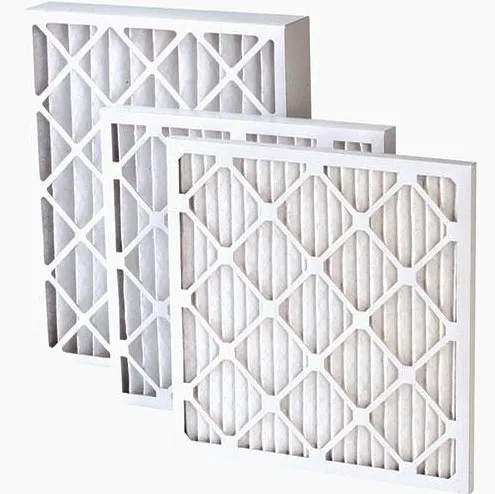
What about the cost? They run from 10 to 50 each. Sure, that’s more than fibreglass filters, but you get better filtration and you won’t need to replace them as often.
3. Washable Filters
- Category: DIY Replaceable
Don’t want to replace your air filters every month? Then this washable AC filter is for you. It’s made from a net or fabric that you just clean and put back in, instead of tossing it out.
The basic net type only catches big particles like hair and leaves. And the fabric ones have a tighter weave and work a bit better, but they still aren’t as good as the disposable pleated filters.
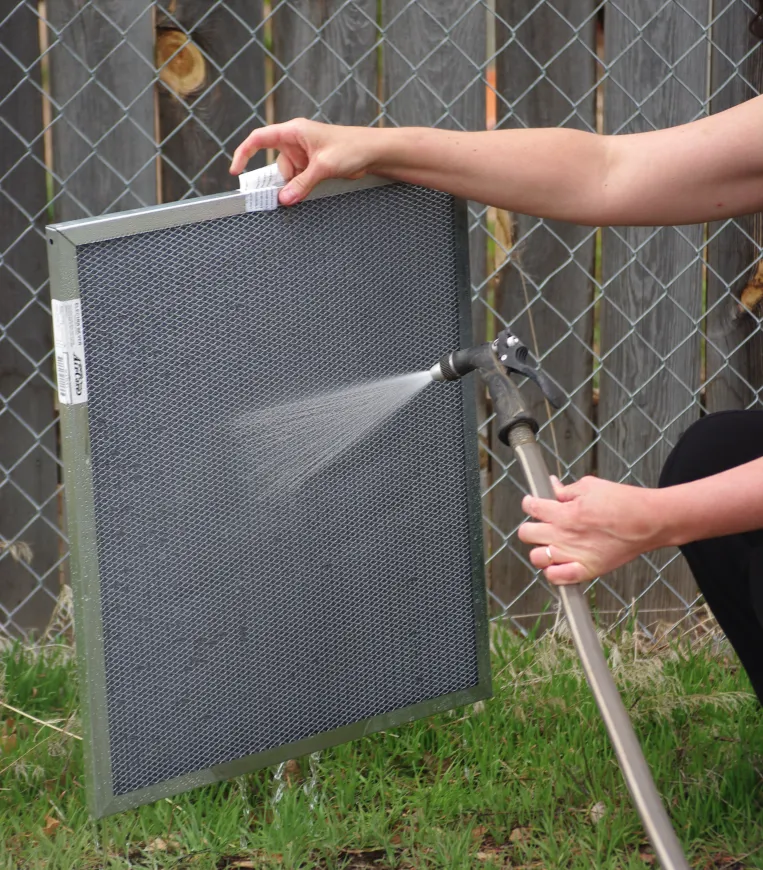
You will pay more upfront, between 80 and 200. But you’re paying for a filter that’s built to last for at least 3 years.
4. Electrostatic Filters
- Category: DIY Replaceable
An electrostatic air filter uses static electricity to grab particles. So, instead of just relying on dense material, it has layers with different charges. When air flows through, particles get charged and stick to the surfaces.
You can choose disposable or permanent, washable ones. Disposables are made from a treated material that holds a charge, while washable ones create static through friction as air flows past.

A disposable one will cost you about 10 or more, while a washable version is a $50 to 120 upfront investment.
5. HEPA Filters
- Category: DIY replaceable (but it’s best to get a pro to help)
A HEPA filter uses a dense material that catches 99.97% of particles, even ones as small as 0.3 microns. It’s made from a random mess of fibreglass fibres that act like a maze.
Its rating is between MERV 17 and 20, which is like hospital-grade filters. This means it can catch allergens, bacteria, viruses, and smoke that other filters might miss.
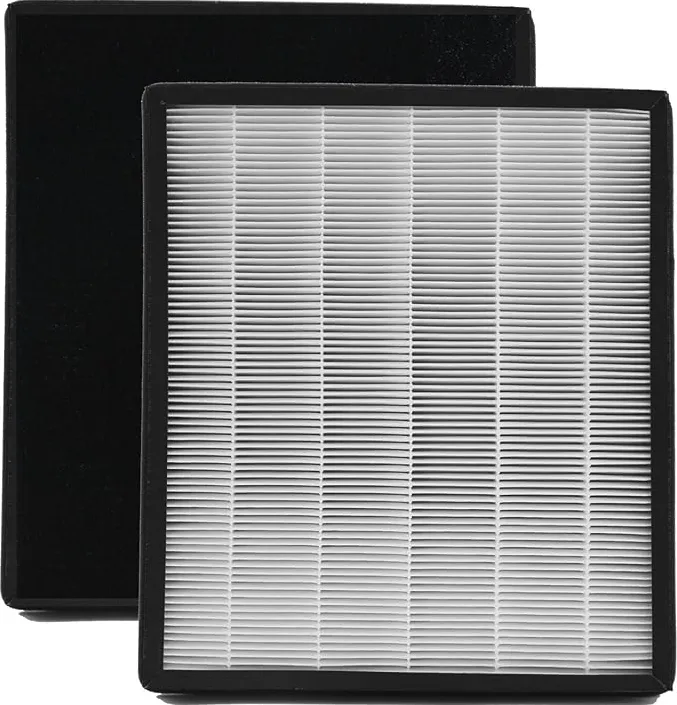
The main problem is most regular home systems can’t push air through it easily, which might cause strain, less airflow, or even damage.
6. Activated Carbon Filters
- Category: DIY Replaceable
Standard particle filters catch actual particles, while carbon filters remove gases by allowing the molecules to stick to the carbon surface.
They effectively remove smoke smells, cooking odours, and bacteria that stay in your ductwork. Also, if you’re sensitive to chemicals or worried about VOCs, carbon filters handle that too.
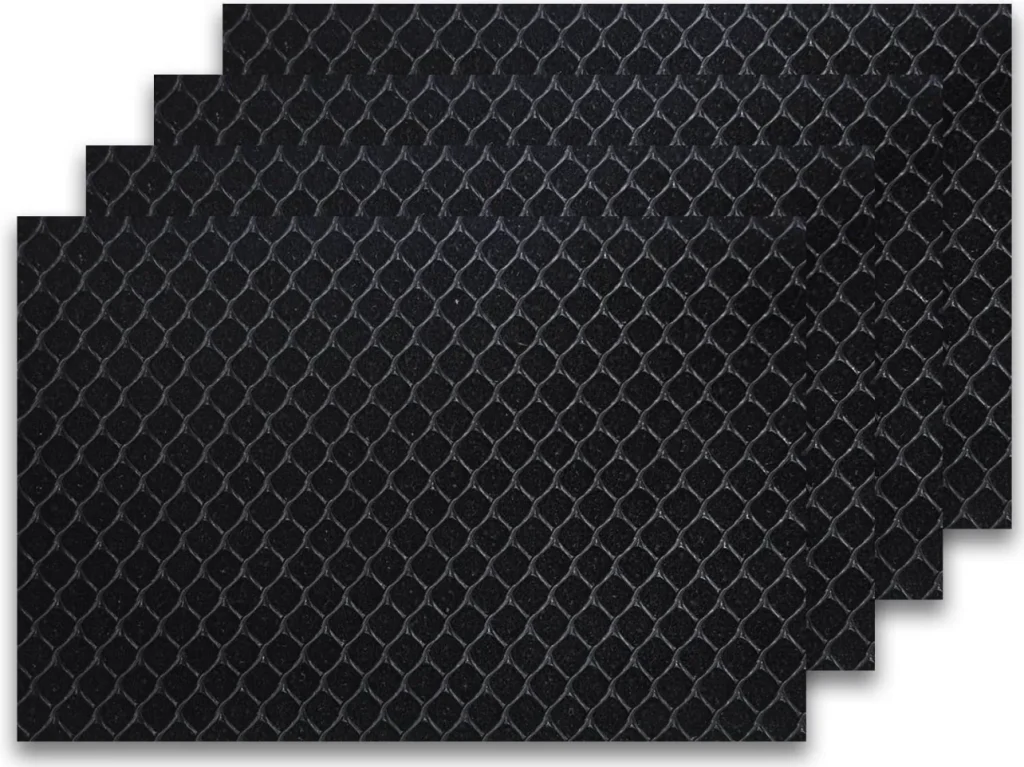
They’re often built right into a pleated or HEPA filter, so you get both types of cleaning in one unit.
7. Media Filters
- Category: Professionally Installed System
Media filters are thick, professional-grade AC unit parts installed directly into your ductwork, not just slipped into a slot.
Made from thick, accordion-style material, they are like giant pleated filters. Their V-shape gives you up to 100% more surface area than regular filters.
They can trap particles as small as 0.3 microns, which is 40 times better than basic filters. These AC air filters are not as ultra-efficient as HEPA filters, but they don’t block airflow and are quieter too.
How to Choose the Right AC Filter
Here’s what you should think about when choosing the right AC filter for your home:
1. Start With Your Air Quality Concerns
No one in your house has allergies, and you just want to protect your AC unit? A MERV 5 to 8 air filter is good. But, if you have hayfever or are sensitive to dust, then you need to upgrade your filter to MERV 9 to 12.
Got serious asthma or immune issues? MERV 13 to 16 filters are your best choice. They clean the air way better, just double-check your system can handle them first.
2. Check Your Home Situation
Walk through your actual living situation, not the idealised version. That long-haired border collie that sheds all the time? It puts way more strain on your filter than just having one indoor cat.
And remember that if you have big dogs that go outside, they’re always bringing in dirt, grass, and pollen on their coats when they come in.

Also, if you smoke or use a wood fireplace, you’ll need more than just a standard particle filter. Activated carbon filters are what actually remove the smoke odour and chemicals.
3. Learn What Your System Can Handle
Your HVAC system wasn’t designed to handle every filter on the market. So, take out your current filter and check the size (length, width, and thickness). Make sure your air filter fits perfectly.
Next, check your system’s manual or look up its specifications online. It’ll tell you the maximum MERV rating your unit can handle. This isn’t just a suggestion – it’s the limit of what your blower motor can cope with.
If you force a MERV 16 filter into a system made for MERV 8, you’ll restrict the airflow so much that your system has to work harder, use more power, and could even damage components.
4. Think About Your Budget
Don’t just look at the price at checkout. A 12 fibreglass filter seems cheap, but if you buy one every month, that’s $144 a year. A 50 washable filter might seem expensive, but it saves you from those ongoing costs.
But keep in mind that washable filters only save you money if you clean them every month.
If you don’t clean your system for three months, dirt gathers and blocks the airflow. This makes your system work harder, increasing your electricity bill and cancelling out savings.
5. Be Honest About Your Maintenance Habits
Do you change your smoke alarm batteries before the beep? Disposable filters are great if you’re the type of person who sets a reminder on your phone and sticks to it.
How about washable filters? You have to take them out once a month, clean them up, and let them air dry for 24 hours before putting them back.
And if you forget and let dirt build up for six months, that’s when your AC will (possibly) stop blowing cold air.
How Often to Replace Your AC Air Filters
Now, how often should you change your non-reusable AC filter?
- Do it every 30 days if you use a basic fibreglass type. These low-efficiency AC filters only catch big particles so they clog up fast in most homes.
- Replace your standard pleated filter (MERV 5-8) every 60-90 days. In suburban Melbourne homes with sealed-up places, 90 days usually works, but check sooner if summer bushfire smoke comes in.
- Replace every 90-180 days if you use a high-efficiency pleated or HEPA filter. Their thicker media handles smaller particles better, but needs visual checks to prevent blockage.
- Replace media filter cartridges every 6-12 months if you have a whole-house system. If you ignore this, you’ll end up spending money on ducted air conditioning repair for a broken motor.
If you have pets, someone with allergies or asthma, or live in a dusty place, you should clean it up within 30-50 days.
FAQ about AC Filter
These questions come up all the time when it comes to replacing an air filter:
Will your AC work without a filter?
Yes, but it’s not a good idea. A day or two might be fine in a clean house, but after that, dirt will build up on the coils and blower. This reduces efficiency and worsens air quality, especially in dusty areas.
What happens if you don’t change your AC filter?
A clogged filter blocks airflow, making your system work harder and raising your power bill by 5-15%. Over time, it can overheat the blower motor, freeze coils, and worsen allergies.
How much does it cost to replace an AC filter?
A basic fibreglass filter costs 5-20-$60. High-end HEPA or media filters can exceed 100.
Will my AC stop working if the filter is dirty?
It won’t stop immediately but can reduce airflow enough to cause overheating, coil freezing, or blower failure. This leads to shutdowns. In humid climates like Brisbane’s, this occurs faster and may result in costly repairs.
Can I clean my AC filter?
Yes, if it’s a washable, reusable type. Every month, you can vacuum it, rinse from the clean to dirty side, and air dry completely for 24 hours before reuse. Never clean disposable fibreglass or pleated filters.
Conclusion
Your AC filter cleans your air of irritants like bushfire smoke and pet dander, and helps your system run smoothly with good performance.
You’ve learned about the best types, from budget fibreglass to high-efficiency pleated, suited to your home’s needs. You also know the replacement schedules, like every 30-90 days, to avoid clogs.
We hope this helps.
If you’re unsure or prefer professional help with filter changes, reach out to Lightning Bult. We’re here to assist with expert support for all your home’s HVAC needs.



